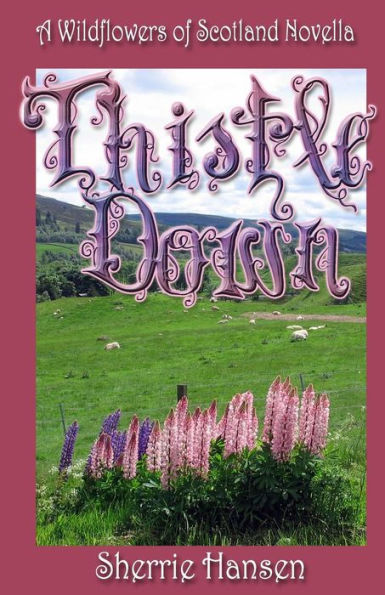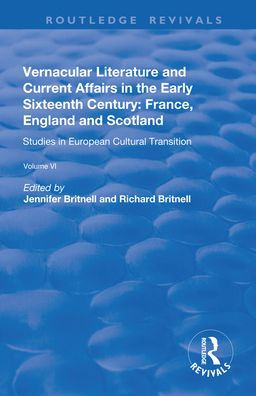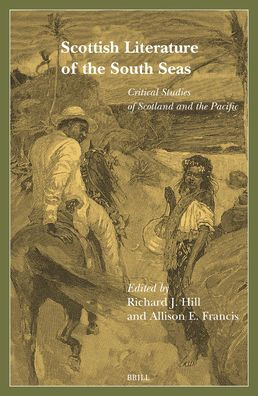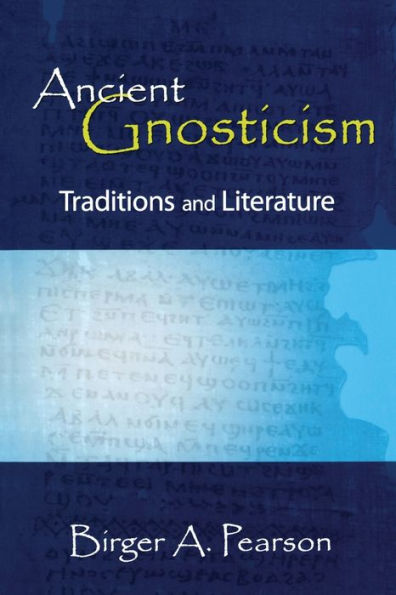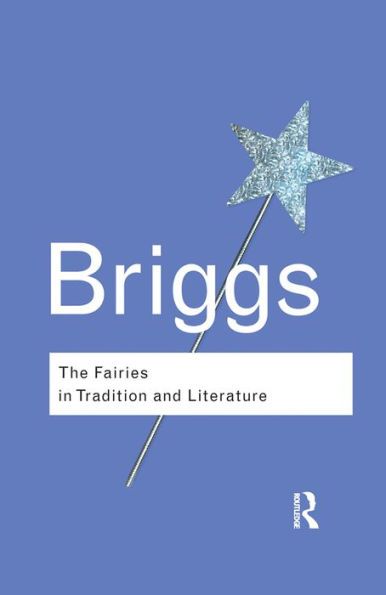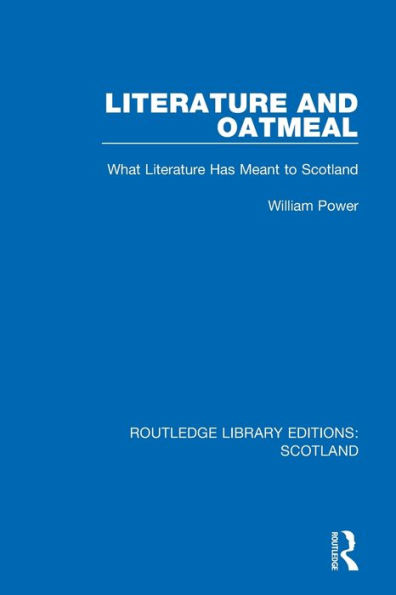Home
the Lily and Thistle: French Tradition Older Literature of Scotland
Barnes and Noble
Loading Inventory...
the Lily and Thistle: French Tradition Older Literature of Scotland in Bloomington, MN
Current price: $88.00

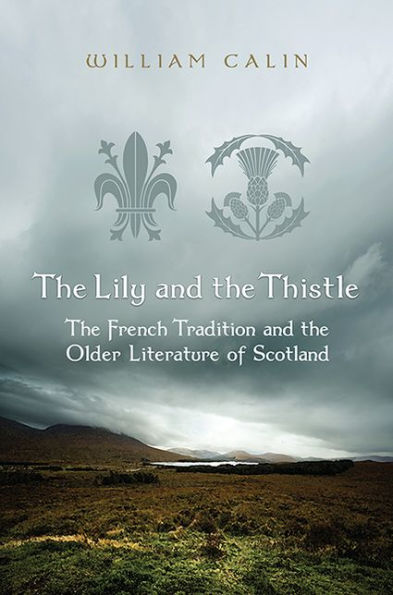
the Lily and Thistle: French Tradition Older Literature of Scotland in Bloomington, MN
Current price: $88.00
Loading Inventory...
Size: Hardcover
In
The Lily and the Thistle
, William Calin argues for a reconsideration of the French impact on medieval and renaissance Scottish literature. Calin proposes that much of
traditional, medieval, and early modern Scottish culture, thought to be native to Scotland or primarily from England, is in fact strikingly international and European. By situating Scottish works
in a broad intertextual context, Calin reveals which French genres and modes were most popular in Scotland and why.
provides appraisals of medieval narrative
texts in the high courtly mode (equivalent to the French “dits amoureux”); comic, didactic, and satirical texts; and Scots romance. Special attention is accorded to texts composed
originally in French such as the Arthurian “Roman de Fergus,” as well as to the lyrics of Mary Queen of Scots and little known writers from the French and Scottish canons. By
considering both medieval and renaissance works, Calin is able to observe shifts in taste and French influence over the centuries.
The Lily and the Thistle
, William Calin argues for a reconsideration of the French impact on medieval and renaissance Scottish literature. Calin proposes that much of
traditional, medieval, and early modern Scottish culture, thought to be native to Scotland or primarily from England, is in fact strikingly international and European. By situating Scottish works
in a broad intertextual context, Calin reveals which French genres and modes were most popular in Scotland and why.
provides appraisals of medieval narrative
texts in the high courtly mode (equivalent to the French “dits amoureux”); comic, didactic, and satirical texts; and Scots romance. Special attention is accorded to texts composed
originally in French such as the Arthurian “Roman de Fergus,” as well as to the lyrics of Mary Queen of Scots and little known writers from the French and Scottish canons. By
considering both medieval and renaissance works, Calin is able to observe shifts in taste and French influence over the centuries.
In
The Lily and the Thistle
, William Calin argues for a reconsideration of the French impact on medieval and renaissance Scottish literature. Calin proposes that much of
traditional, medieval, and early modern Scottish culture, thought to be native to Scotland or primarily from England, is in fact strikingly international and European. By situating Scottish works
in a broad intertextual context, Calin reveals which French genres and modes were most popular in Scotland and why.
provides appraisals of medieval narrative
texts in the high courtly mode (equivalent to the French “dits amoureux”); comic, didactic, and satirical texts; and Scots romance. Special attention is accorded to texts composed
originally in French such as the Arthurian “Roman de Fergus,” as well as to the lyrics of Mary Queen of Scots and little known writers from the French and Scottish canons. By
considering both medieval and renaissance works, Calin is able to observe shifts in taste and French influence over the centuries.
The Lily and the Thistle
, William Calin argues for a reconsideration of the French impact on medieval and renaissance Scottish literature. Calin proposes that much of
traditional, medieval, and early modern Scottish culture, thought to be native to Scotland or primarily from England, is in fact strikingly international and European. By situating Scottish works
in a broad intertextual context, Calin reveals which French genres and modes were most popular in Scotland and why.
provides appraisals of medieval narrative
texts in the high courtly mode (equivalent to the French “dits amoureux”); comic, didactic, and satirical texts; and Scots romance. Special attention is accorded to texts composed
originally in French such as the Arthurian “Roman de Fergus,” as well as to the lyrics of Mary Queen of Scots and little known writers from the French and Scottish canons. By
considering both medieval and renaissance works, Calin is able to observe shifts in taste and French influence over the centuries.

